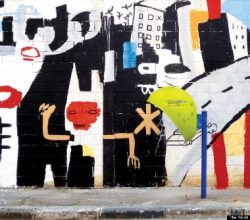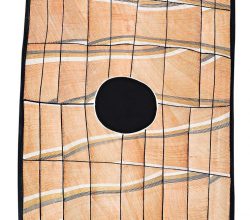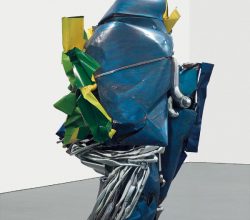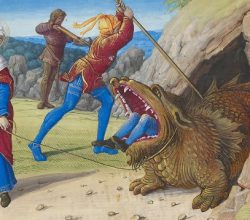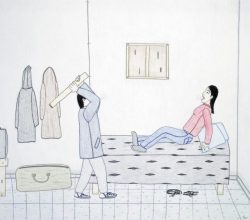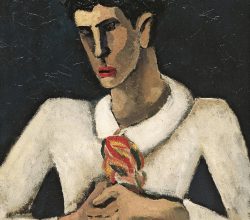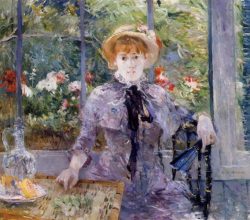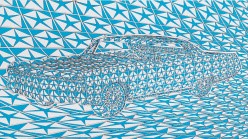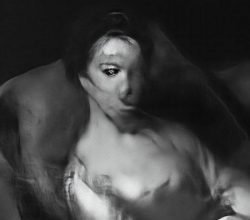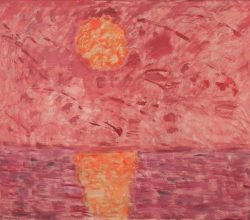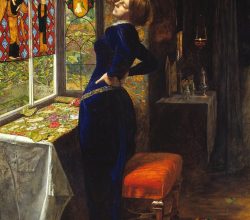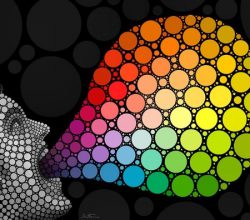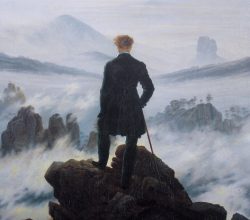Smart, Surprising, Engaging & Accessible
Always smart, surprising, engaging, and accessible, The Easel brilliantly curates the art world, pointing us towards those ‘ironic points of light’ that are still able to give us needed hope in this strange world we now inhabit.
David Scott Kastan, Yale University. Author of On Color
2020-06-10T22:43:36+10:00
David Scott Kastan, Yale University. Author of On Color
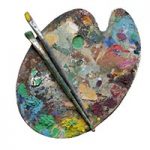
Always smart, surprising, engaging, and accessible, The Easel brilliantly curates the art world, pointing us towards those ‘ironic points of light’ that are still able to give us needed hope in this strange world we now inhabit.
https://the-easel.com/testimonials/smart-surprising-engaging-and-accessible/

